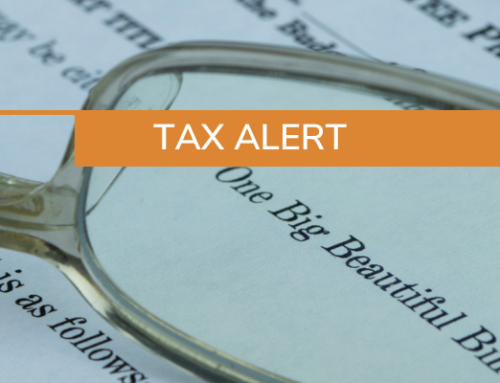Businesses that opened their doors in 2020 or 2021 may be eligible for a tax credit worth up to 70 percent of their employee wages paid from June to December 2021. The American Rescue Plan Act (ARPA), which was passed in March 2021, extended and expanded one of the most popular business tax incentives: the employee retention tax credit (ERTC). The centerpiece of ARPA’s expansion was the Recovery Startup Business provision.
The original ERTC, enacted by 2020’s CARES Act, required either a government-mandated shutdown or a substantial revenue decline due to COVID-19 compared to the same quarter in 2019. Startup businesses had nothing to compare. They could not qualify for the ERTC under the old revenue decline rules. ARPA added a new eligibility component allowing eligible startup businesses to qualify for the third and fourth quarters in 2021.
For new businesses that started up during the pandemic, the Recovery Startup Business Provision can open opportunities for increased cash flow. Here’s how it works.
Recovery Startup Business Eligibility Requirements
For businesses to qualify for ERTC under the expanded definition, they must have started operations after February 15, 2020, and maintain average gross receipts of $1 million or less. The ERTC entity aggregation rules will apply for the $1 million gross receipts threshold test and gross receipts for all related entities that have common ownership must be included in the overall gross receipts calculation. Recovery startup businesses do not need to meet the revenue decline or government shutdown requirements.
This is important because start-up businesses were mostly shut out of other COVID-19 funding streams, like the Paycheck Protection Program and the Economic Injury Disaster Loans (EIDLs).
Small employers, including tax-exempt organizations under IRC Section 501 (a) and (c), are eligible for the recovery startup provision. A small employer is defined as having 500 or fewer full-time employees.
Eligible businesses can claim up to $50,000 per quarter for a total yearly benefit of up to $100,000. Each quarter’s tax credit equals 70 percent of eligible employees’ wages, up to $10,000 per employee per quarter. Qualified healthcare expenses can also be counted as eligible wages. Generally, owners, spouses, and other family members don’t meet the definition of an eligible employee. Businesses that are eligible for the ERTC during the third quarter of 2021 should include those credit calculations on their timely filed 941 payroll tax return that is due by November 1, 2021. Including the ERTC on the original 941 return will significantly speed up the refund process as the current IRS processing of amended 941X returns is extremely slow with businesses experiencing lengthy tax refund delays.
It is possible for startup businesses to still qualify for the ERTC under the government-mandated shutdown or revenue decline rules. In that case, the ERTC value could be higher because the total credit wouldn’t be capped at $100,000 for the year.
Other Employee Retention Tax Credit Updates for 2021
In addition to the recovery startup provision, there are other changes to the ERTC in the third and fourth quarters that businesses should know about.
For businesses severely affected by COVID-19, there is more relief by way of the ERTC for the third and fourth quarters. During this timeframe, businesses can claim all eligible wages against the ERTC – if they can show a 90 percent revenue decline compared to the same period in 2019.
Also, the IRS clarified in August 2021 that an employee’s work status doesn’t matter when calculating qualifying wages. An employee can be part-time or full-time, in other words.
There are other updates to the ERTC, such as the gross receipt exclusion procedure for employers also using other forms of COVID-19 funding.
There may be more changes to the employee retention tax credit. The infrastructure bill, which passed the Senate in early August and will be up for a House vote soon, could end the popular program early. The Senate proposed ending it after the third quarter and using the remaining unspent funds to pay for the infrastructure bill. It is expected that fourth quarter ERTC totals would be around $51 billion.
Time will tell and it’s possible that the final infrastructure bill will differ at least slightly from the Senate version. PBMares clients that plan to claim the ERTC under the recovery startup provision in the third quarter should include the tax credit on their third quarter payroll tax return (Form 941) to avoid a refund delay. Now is the time to allocate the credit to eligible wages and start preparing the tax documents. For questions, contact Tax Partner Charles Dean Smith, Jr., in our New Bern, North Carolina office.





